From award-winning costume designer Lee Jin-hee comes a brand new line of Korean clothing inspired by Hanbok—HAMU.
Getting lost in the Bukchon Hanok Village, following my breakfast at Anguk 153, I came across a newly opened store called HAMU, short for Honest Modern Art Unit. It’s impeccable contemporary yet ancient exterior drew me in instantly. I walked in to find out the store had just opened and was led by famous Korean costume designer Lee Jin-hee. Lee Jin-hee has been working in the film and theatre industry for 20 years making award-winning costumes. This fall, she decided to create her first-ever fashion label made for everyday wear in this day and age.
It’s fitting that she open her first store in the heart of the Bukchon Hanok Village given that her clothing is rooted in and she takes inspiration from her many years studying traditional Korean Hanbok. If you recall, I had worn one earlier on in my trip at Cheong Yeon Jae. Lee Jin-hee transforms traditional Korean beauty into a contemporary clothing line, while still maintain traditional elements.
She has called the fashion label HAMU, or dance of water. Her fascination with water and the sea has accompanied her throughout her many works. Born in Busan, she spent as much time at the beach as possible. Something about the energy and power of the calm water in the face of a typhoon is what has influenced her designs and techniques. Hence the name HAMU, where she is able to freely design her clothes “just like the water dances along the waves.”
Each garment ties back to the essence that is Hanbok. With a focus on elegant colors and simple shapes, she makes sure that the garments don’t take away or distract from the person wearing them, but rather complement them. Her clothing is made in complex manners using earthy techniques. Some garments are dyed with mud, others are traditional “ma” linen fabric from Andong that has been dyed, or Korean silk. Most of the garments are handmade, just like she does with her costume designs. A commonality throughout many of her garments is that they are wide, washable fabrics, quilted coats, and flower-patterned.
The clothing has no gender distinction or size measure. Lee Jin-Hee prefers patterns and fabric that are not too tight fitting, invading the body’s natural shape, so she often looks to men’s clothing and fabric when creating her designs for women. Clothes from ancient times never had gender distinction, so she sticks to this concept. For her, it’s about making something comfortable to wear. With HAMU, Lee Jin-Hee is able to delve into Korea’s lost DNA of Hanbok, beyond the usual periods and experiment with a variety of designs.
Of course, HAMU does not come at an affordable price—Lee Jin-hee is a costume designer after all—but if you find yourself in the area, step in and go take a look at her fascinating work. It will give you a sense of what Korea once was and how it continues to live on in this day and age.
Follow SVADORE on:
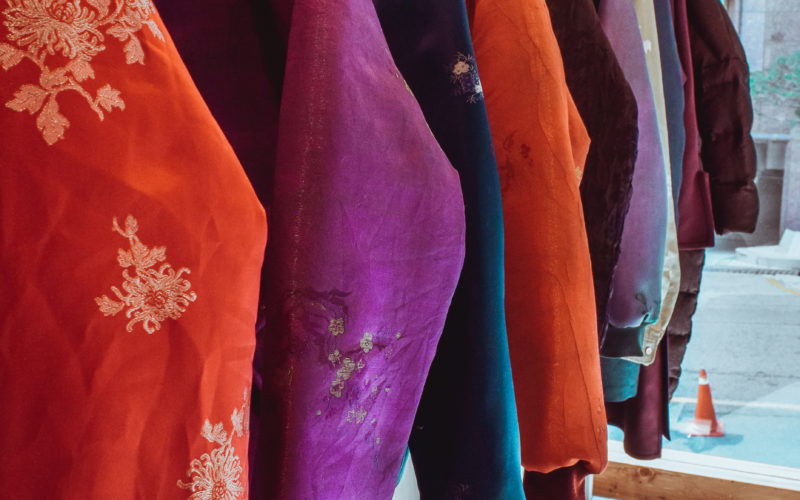
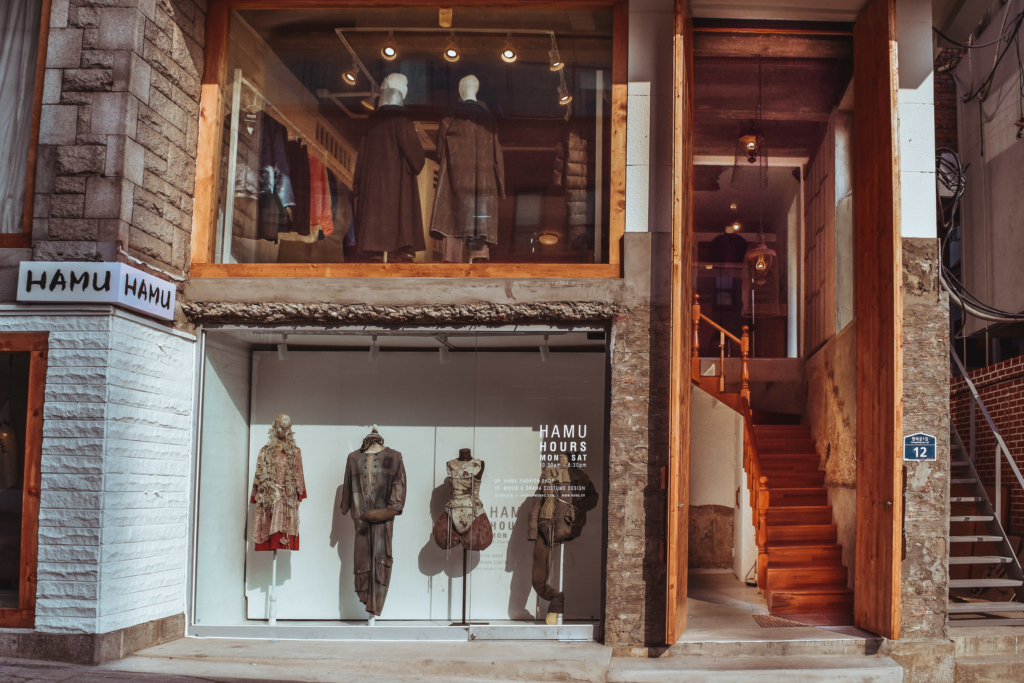
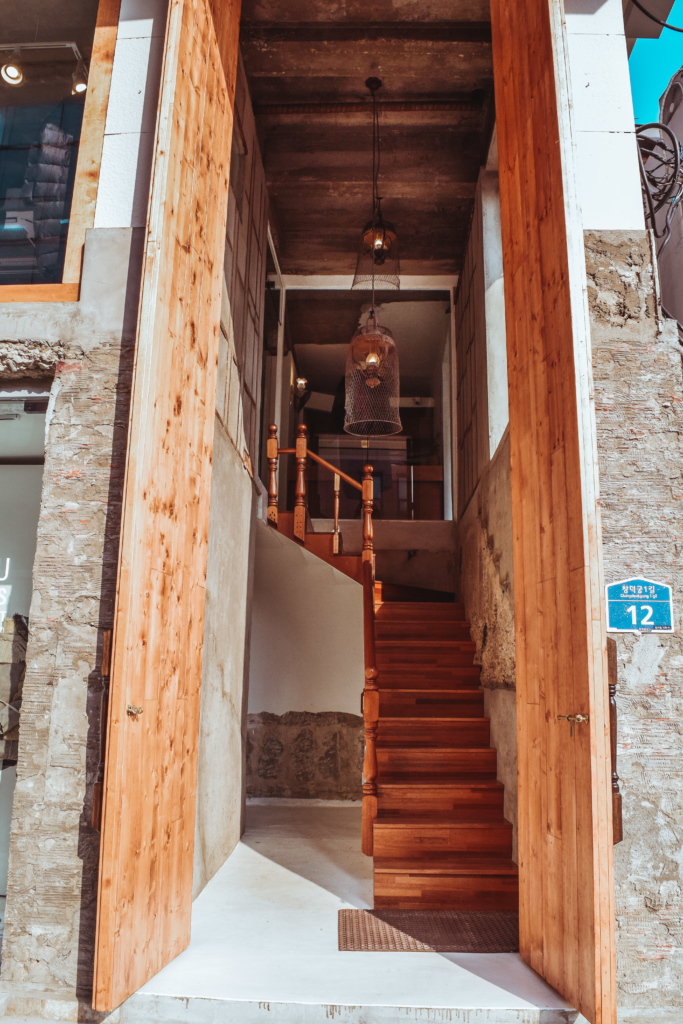
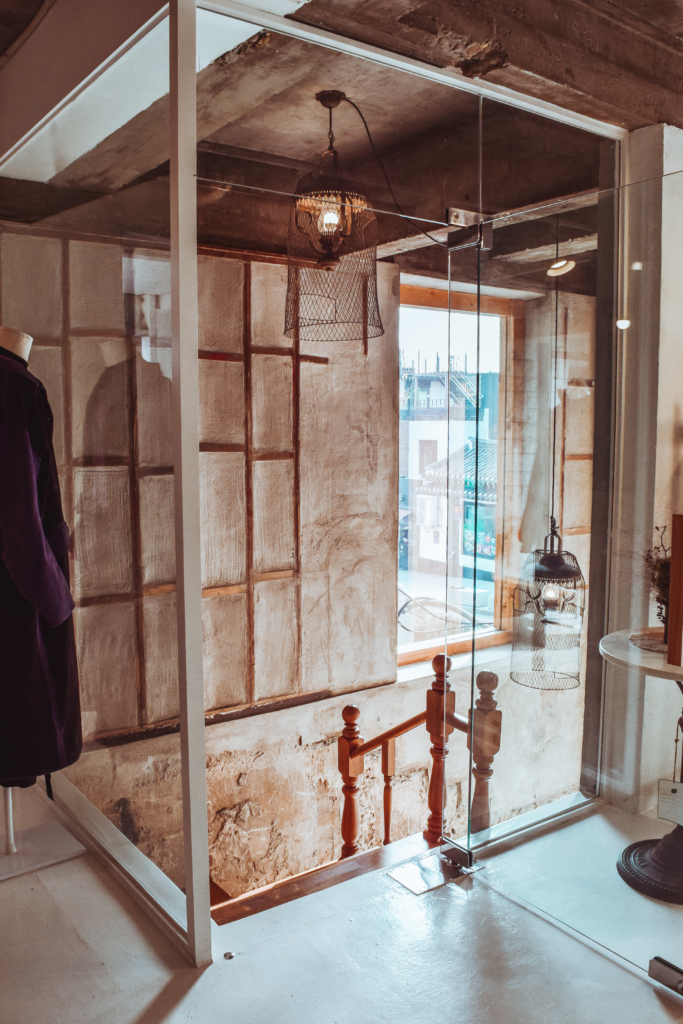
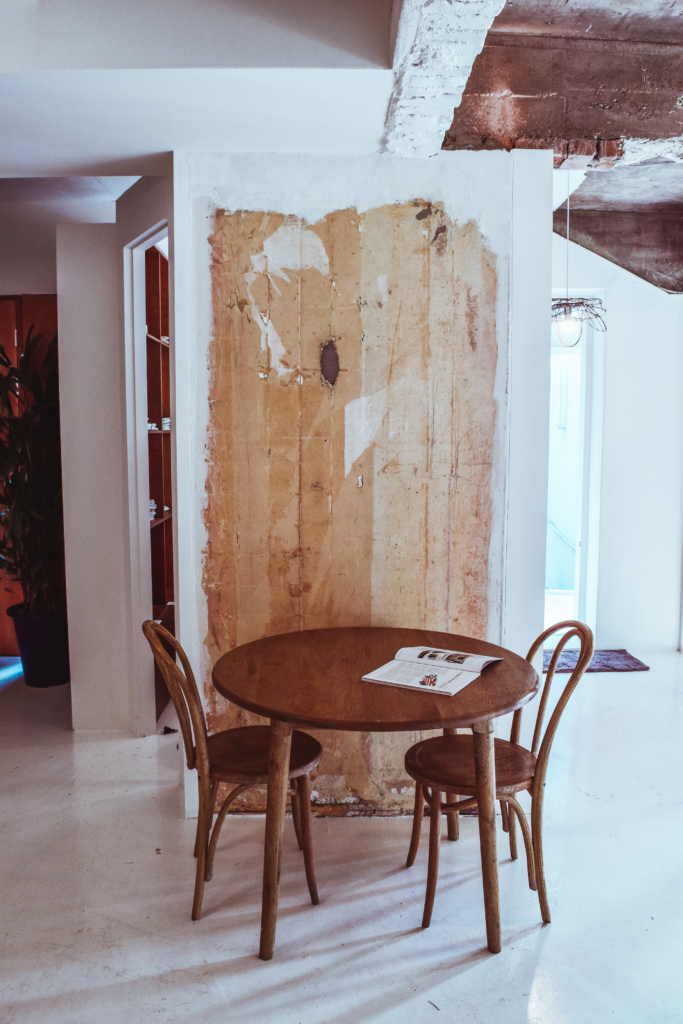
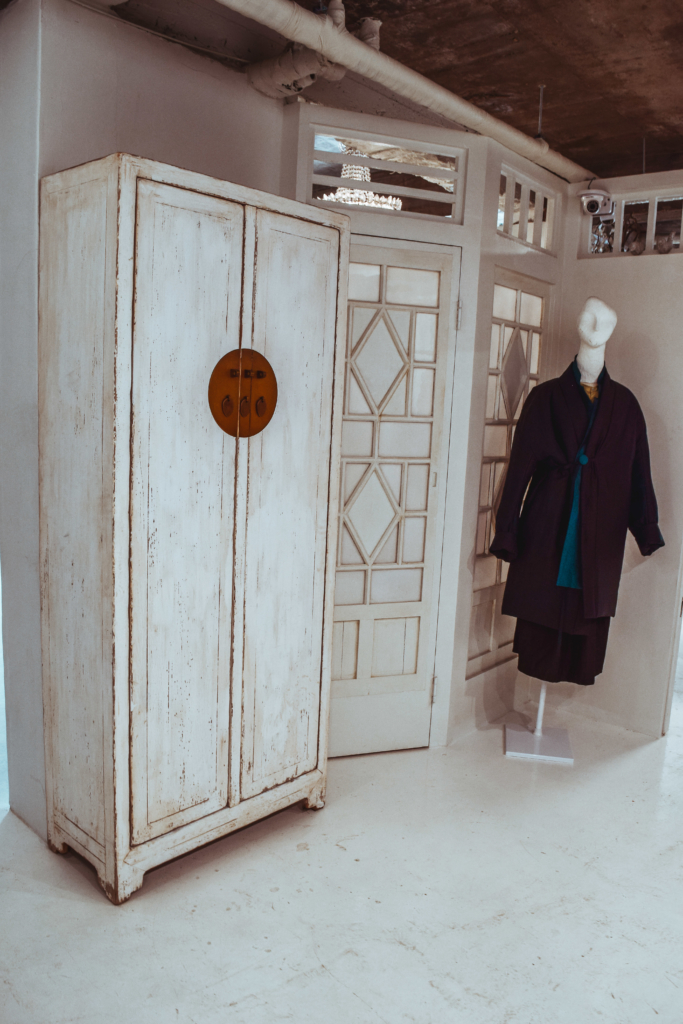
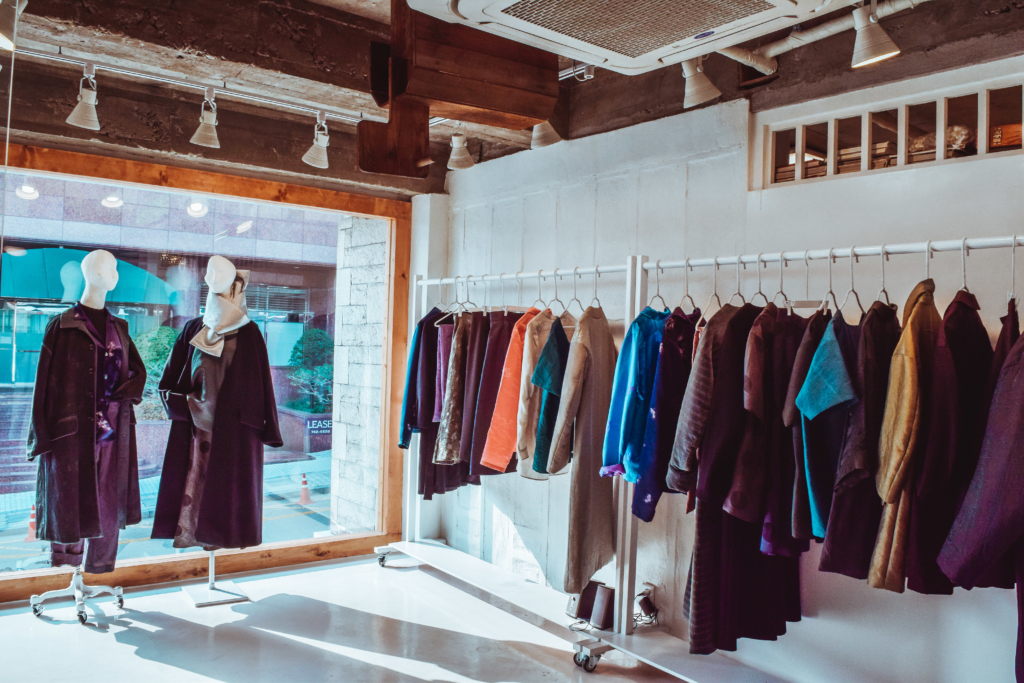
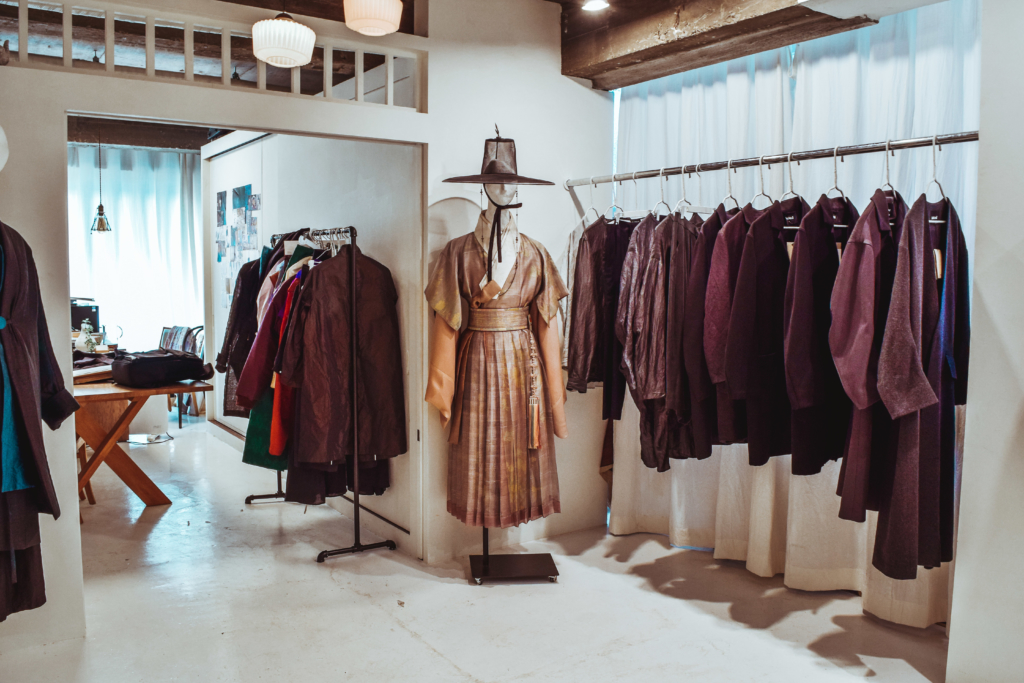
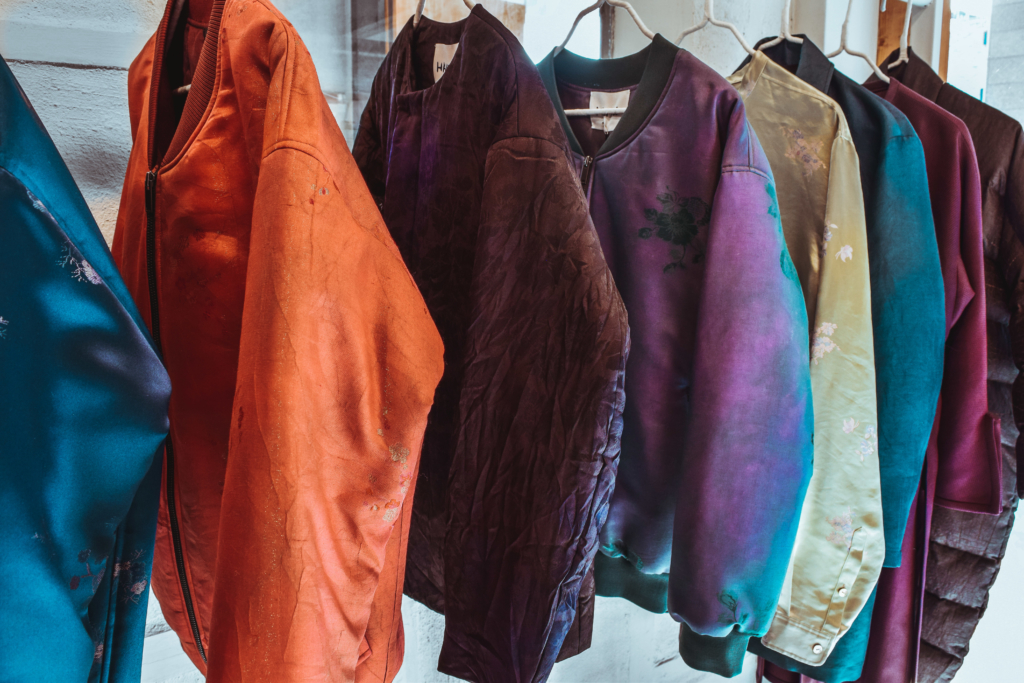
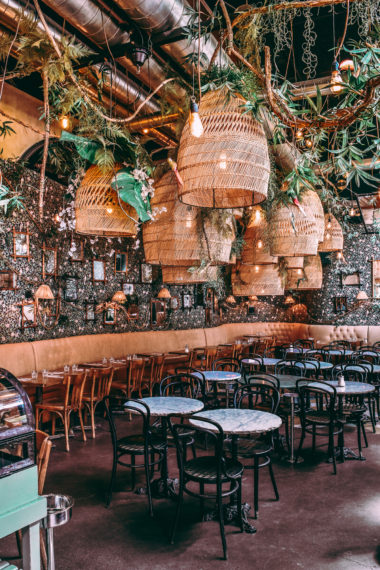
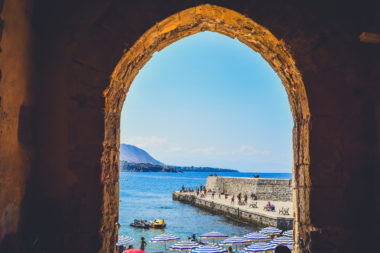
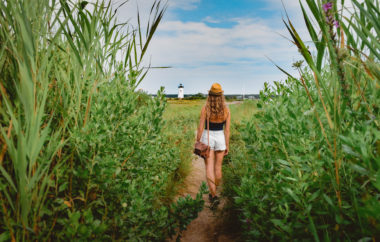

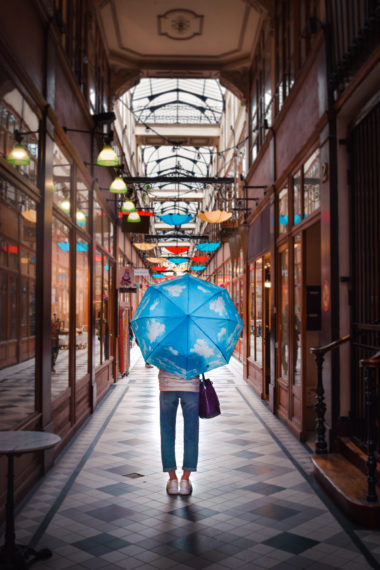
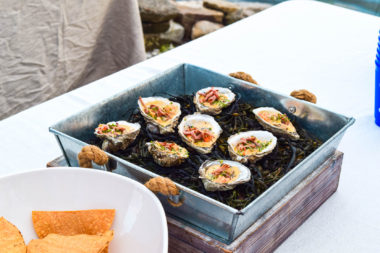

2 comments